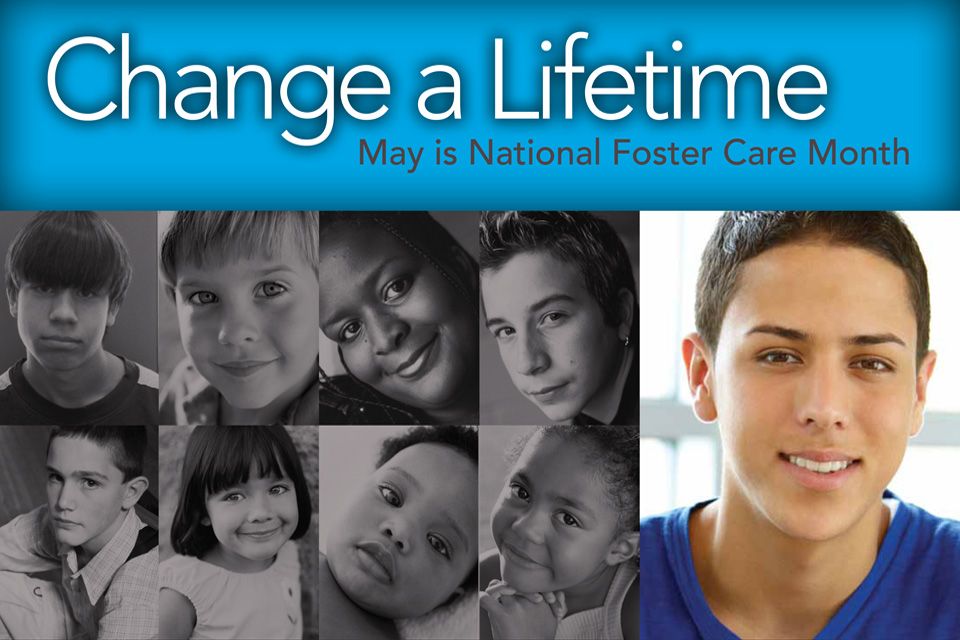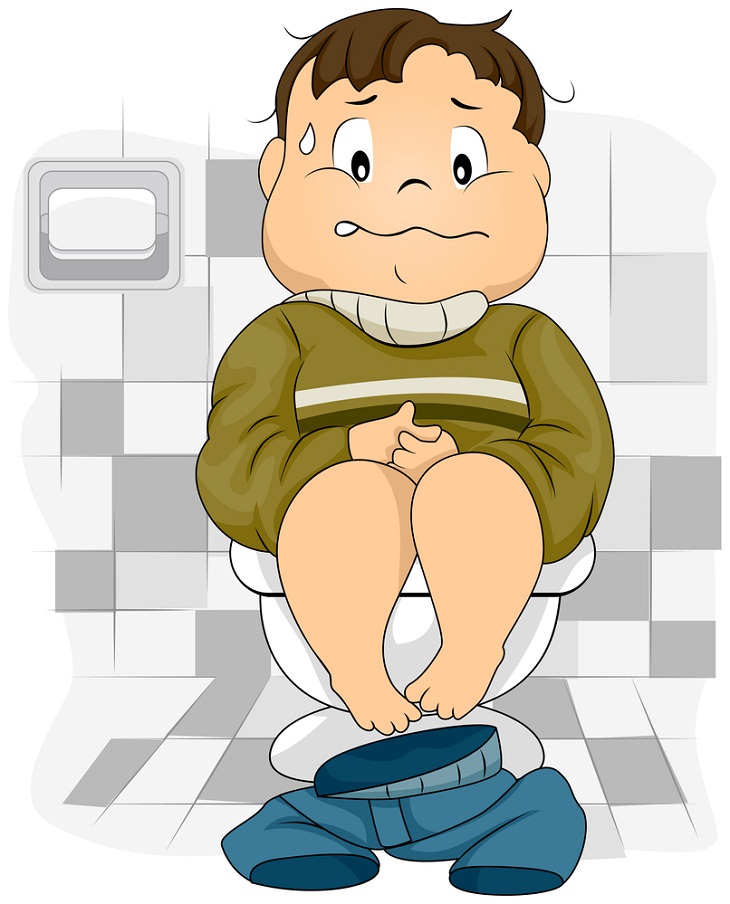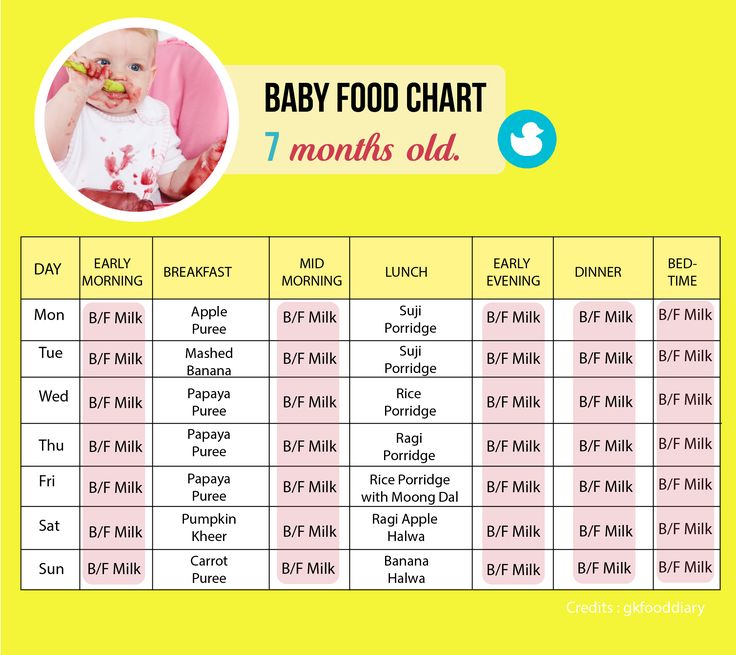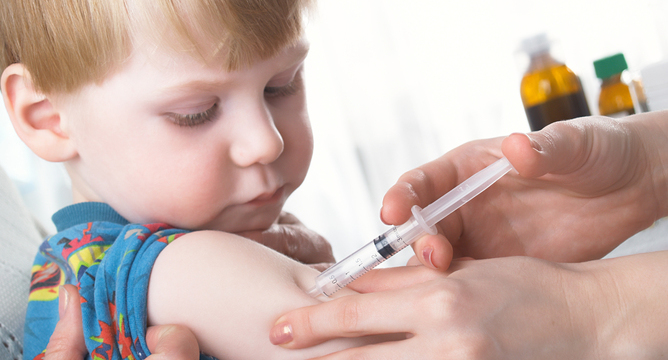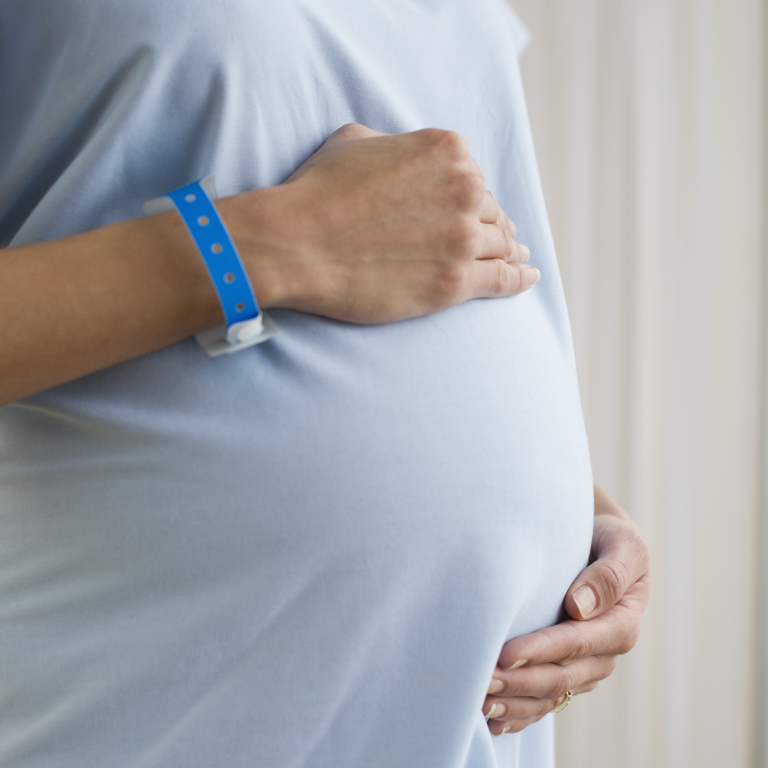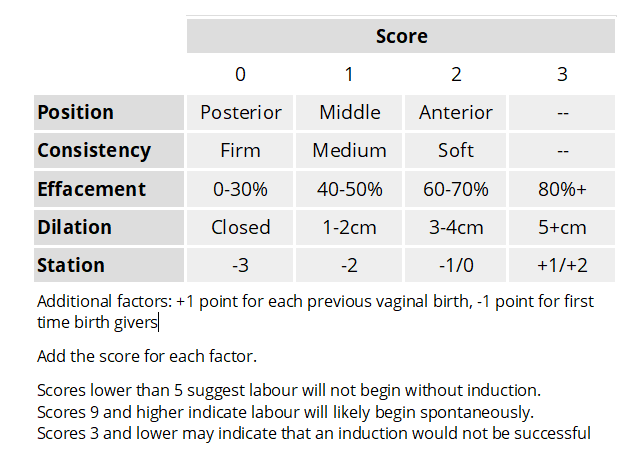How to pick up a child safely
How To Properly Pick Up Your Toddler, According To Experts
Life
FluxFactory/E+/Getty Images
by Katie McPherson
Anyone holding a newborn for the first time knows how carefully you should support their head and neck and cradle their little bodies. But as kids get older, parents and relatives may get too comfortable picking up the kiddos and don’t think about how to properly pick up a toddler. Unfortunately, lifting them incorrectly can cause painful injuries for them and for you.
Dr. Brian Smith, M.D., FAAP, chief of orthopedics at Texas Children’s Hospital, tells Romper in an interview that the safest way to pick up any child is by lifting with your hands under their armpits. “I think the safest way to pick up children is to grasp them under the arms so your thumbs are on their chest and lift them up that way. Once kids get head control around 3 to 4 months of age, then you can pick them up under the arms. If the child is getting heavier, you may want to do a scoop lift where you have one hand under their chest one hand under their thighs or buttocks,” he explains.
For little ones with different abilities or needs, talk to your pediatrician about the safest method of picking them up (for your body and theirs). “You may need to pick up children with disabilities, low muscle tone, or low head control in other ways. If they’re disabled, they may be in a wheelchair or in a bed, so again, you’re doing sort of a scoop lift with one arm under the shoulders and supporting the head,” says Smith. “I remind parents that as kids get older and heavier, if you have a fatigued mom and a 5- or 6-year-old, I don’t want parents to hurt their backs. Lift with your legs and not your lower back.”
d3sign/Moment/Getty ImagesWhen it comes to unsafe ways to pick up a child, there are plenty. Dr. Margaret Siobhan Murphy-Zane, M.D., pediatric orthopedist at Children’s Hospital Colorado, tells Romper in an interview that she has seen parents carry their kids by one leg and even by the head. But the most common unsafe way to pick up your child is lifting them by their arms or hands. It can result in nursemaid’s elbow, where a tendon slips into the elbow joint while it’s hyperextended and gets stuck. It’s painful for the toddler, and parents usually notice it in their kiddo when they won’t use the injured arm.
Dr. Margaret Siobhan Murphy-Zane, M.D., pediatric orthopedist at Children’s Hospital Colorado, tells Romper in an interview that she has seen parents carry their kids by one leg and even by the head. But the most common unsafe way to pick up your child is lifting them by their arms or hands. It can result in nursemaid’s elbow, where a tendon slips into the elbow joint while it’s hyperextended and gets stuck. It’s painful for the toddler, and parents usually notice it in their kiddo when they won’t use the injured arm.
“Children should not be lifted up but pulling up on their hands with the elbow in an extended position. Injuries can occur at the shoulder, elbow, and wrist, including fractures. A common way this happens is where the parent is walking holding the kid’s hand, the kid drops to the ground. The parent’s reaction is to drag the child back up by the hand they are holding, though a better response would be to bend down with the child. Nursemaid’s elbows also occur with swinging the child around in a circle by their arms or by an arm and a leg. ”
”
Smith adds that spinning, dangling, and flipping little ones around to get a giggle is common. While it usually doesn’t result in an accident, he has seen these shenanigans go wrong, and cautions parents to be careful.
“Sadly, I’ve seen some kids who were dropped from these positions and had spine injury. And many parents will swing their kids around by the hands and arms. I probably have done it with my own kids, and kids love to be twirled around, but you have to be really careful not to injure them or lose grip.”
Experts:
Dr. Brian Smith, M.D., FAAP, chief of orthopedics at Texas Children’s Hospital
Dr. Margaret Siobhan Murphy-Zane, M.D., pediatric orthopedist at Children’s Hospital Colorado
"Pick Me Up!" Safe Lifting Techniques for Your Kids (and Everything Else)
Photo by minamoto images / StocksyWhen it comes to the correct form for lifting heavy loads, consider following the lead of someone who often IS the load: your toddler. They may still be figuring out how their bodies move in space: for example, how to run or throw a ball, but toddlers have the proper lifting technique down pat. “Toddlers naturally lift properly by keeping their backs straight as they squat and then lifting straight up using their legs,” says KinderCare Education’s Workers' Compensation Director Stephanie Kuntz.
They may still be figuring out how their bodies move in space: for example, how to run or throw a ball, but toddlers have the proper lifting technique down pat. “Toddlers naturally lift properly by keeping their backs straight as they squat and then lifting straight up using their legs,” says KinderCare Education’s Workers' Compensation Director Stephanie Kuntz.
Everyone Belongs In Our Circle
At KinderCare, we’re committed to building warm, welcoming and supportive classrooms for children of all abilities, backgrounds and experiences.
Find a center near you
In fact, according to a recent article on National Public Radio, people in many other cultures around the world have never strayed from the proper form. However, many of us in the United States need to relearn the technique we knew when we were two.
Good form is essential for moms, dads, and anyone else who’s frequently lifting up a child—or boxes of diapers, bins of toys, overflowing grocery bags, piles of laundry, and oh-so-much more.
Before you lift, remember to always keep your back straight, avoid twisting, hold the load close to your body, and move smoothly.
1. Get a good foundation by placing your feet shoulder-width apart, with the load between your feet. (If your legs are closer together, you’ll lack stability and leverage, and will be more likely to round your back and tense your neck as you lift.)
2. Resist the temptation to bend at the waist to pick up your child (or a box of toys)! Instead, squat down with your chest forward and your buttocks sticking out. This is so important! (In fact, bending at the waist even to pick up lightweight objects or just to talk to a pint-size tot can put strain on your back; squat or kneel instead.)
3. Stay loose and neutral. Keep your spine straight and head/neck relaxed and in a neutral position. Your goal is to engage and lift with your thighs—not your back.
4. As you squat down (or stand up again), feel free to get extra support by using a hand or elbow on your thigh, wall, or piece of furniture if able, as it can take some of the compression and strain off of your lower back.
5. Even as you are lifting your child, keep them close to your body. Reaching out to lift them up will put a strain on your back.
6. Keeping your back straight and head facing forward, engage your legs and straighten to a standing position.
7. Remember to keep your body facing your child during the whole movement. Remember, do not twist your body at any point while lifting, as this can also strain your back.
A Lifetime Of Confidence Starts Here
Our teachers help every child build the confidence they need to try new things and explore the world around them.
Search for a center near you
While a 7-step bending process seems tedious and unlikely to occur every 100th time a day you are lifting up your child, know that the more you do it, the more it becomes a habit. Why? Because it feels so much better on your back. And your back might just be the little nudge or reminder you need throughout the day.
Caring For Kids New Baby Safety Your Wellness Family Safety
When can biological parents take an adopted child?
I am raising an adopted daughter and now I am afraid that one day she too will be taken away. Does this really happen?
Tamara Skokova
Custody and guardianship specialist
Author's profile
In short: yes, the law allows for situations where this is possible. But in life, such cases are extremely rare.
For a foster family, biological parents are always a risk factor. A natural mother or father can be released from prison or recover from alcoholism and try to restore parental rights in order to return the child.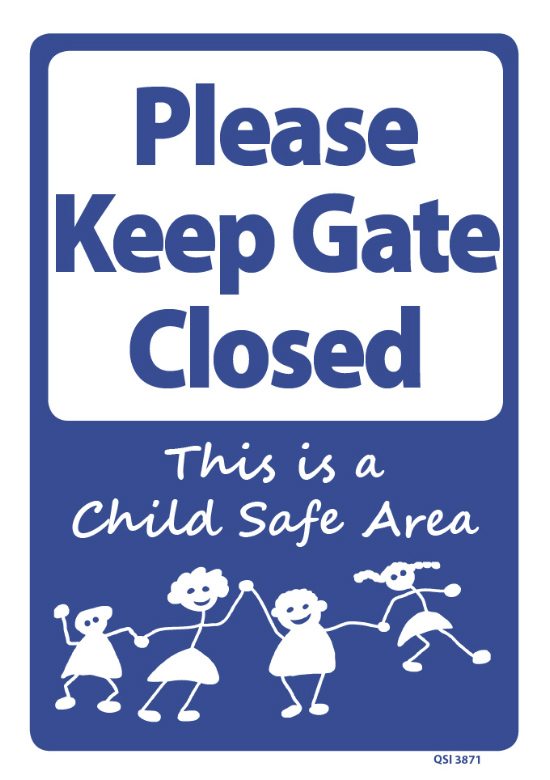
But this does not mean at all that the child will definitely be taken away from foster parents. The outcome of such disputes depends on the form of placement of the child in the family - guardianship, guardianship, foster family or adoption, - the opinion of the minor, as well as the behavior and lifestyle of the adoptive parents.
I will tell you in detail and with real life examples in which cases adoptive parents risk losing a child, and in which cases they have nothing to fear.
How to Raise Kids Without Going Broke
The best resources on how to cope with parenthood and get the most out of the government are every Tuesday in your inbox. Free of charge
Who is safer to take into a family - an orphan or a child left without parental care
The law divides minors who can get into a foster family into orphans and children left without parental care.
A child is recognized as an orphan, if his only or both biological parents have died. Often, foster mothers and fathers want to take just such a child into the family. They usually reason like this: "Since he is an orphan, he will be able to avoid communication with his blood relatives."
Often, foster mothers and fathers want to take just such a child into the family. They usually reason like this: "Since he is an orphan, he will be able to avoid communication with his blood relatives."
Part 1 Art. 1 of Law No. 159-FZ
But the fact is that even if a child’s biological parents died, close relatives could remain: brothers and sisters, grandparents, aunts and uncles. They have priority right to pick up the child. If they don’t want or can’t, then they write a refusal. In this case, the guardianship authorities begin to look for foster parents for the minor.
Relatives cannot change their mind. They have already signed refusal documents - no one will give them a second chance. If they wish, they will have the opportunity to communicate with the child, but only if someone has taken the minor under guardianship, guardianship or in a foster family. But if a child is adopted, blood relatives will be forbidden to even approach him.
A child left without parental care has parents.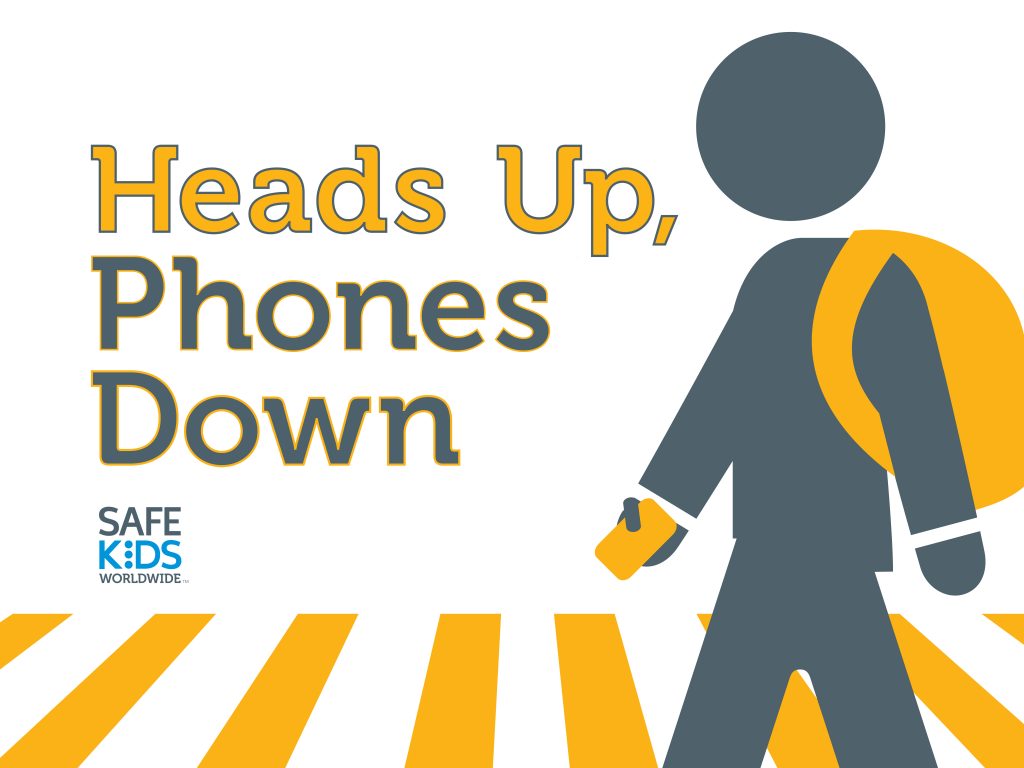 But they cannot educate him for various reasons:
But they cannot educate him for various reasons:
- Parents have been deprived or restricted in their parental rights.
- The court declared the parents absent, incompetent or declared dead.
- Parents avoid raising children or do not protect their rights and interests.
- Single parent or both unknown.
- Parents are in custody due to suspicion or accusation of a crime, or are serving a sentence in prison.
/guide/lishenie-parent/
Why parental rights can be terminated
If a foster mother and father take a child left without care into the family, then, at first glance, it seems that they are at greater risk: the biological parents may be reinstated and demand the return of the child. But these are very rare cases: for 17 years of work in the guardianship and guardianship authorities, I have come across this only three times.
In fact, the question of security is not who to take - an orphan or a child left without parental care.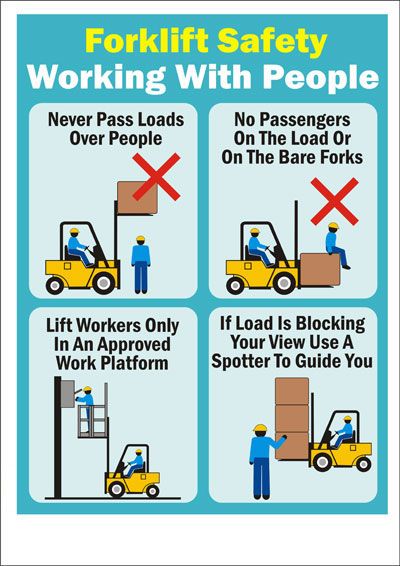 And in what form of placing a child in a family to choose: guardianship, guardianship, foster family or adoption. I will talk about this further.
And in what form of placing a child in a family to choose: guardianship, guardianship, foster family or adoption. I will talk about this further.
/usynovlenie/
How to adopt a child
Why sometimes blood parents still want to return the child
As I have already said, usually blood relatives do not remind of themselves in any way and even avoid communication with their children, who were taken by foster parents. But in very rare cases, a mother or father may suddenly appear in a child's life.
Sometimes this is dictated by the most sincere motives. I had such a case. The mother of six children took to drink, and the guardianship authorities, together with the prevention authorities, took the children to an orphanage. For six months, nothing has changed, and the woman was deprived of parental rights. Only then did the mother finally understand what was happening and reacted as it should: she stopped drinking, got a job, changed her housing to a more comfortable one.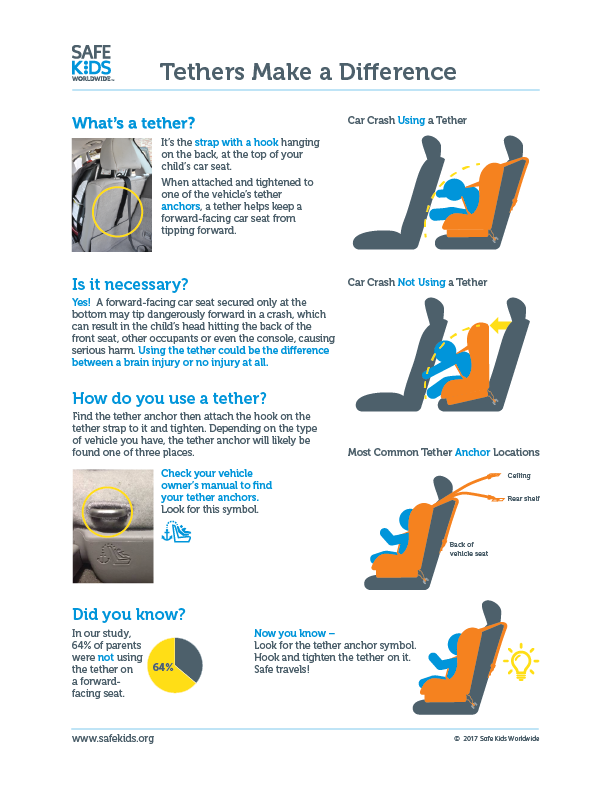 Thanks to this, within another six months, her parental rights were restored - and she returned the children.
Thanks to this, within another six months, her parental rights were restored - and she returned the children.
Unfortunately, such cases are very rare. Another category of blood parents is much more common. They are deprived of parental rights because of an asocial lifestyle: they do not work, they drink, they treat children cruelly. They live on child benefits, rely on maternity capital, enjoy benefits for large families and do not want to lose this money and privileges.
/guide/troubled-family/
Which families are considered dysfunctional
My experience is that if a natural mother or father has not regained parental rights within six months, without good reason, then in the future it will be exclusively mercenary motives.
For example, I came across this situation. The woman was deprived of parental rights. The foster family took custody of her 12-year-old daughter. The woman regularly called the girl - the guardians were not opposed - she promised to restore her rights and take her away.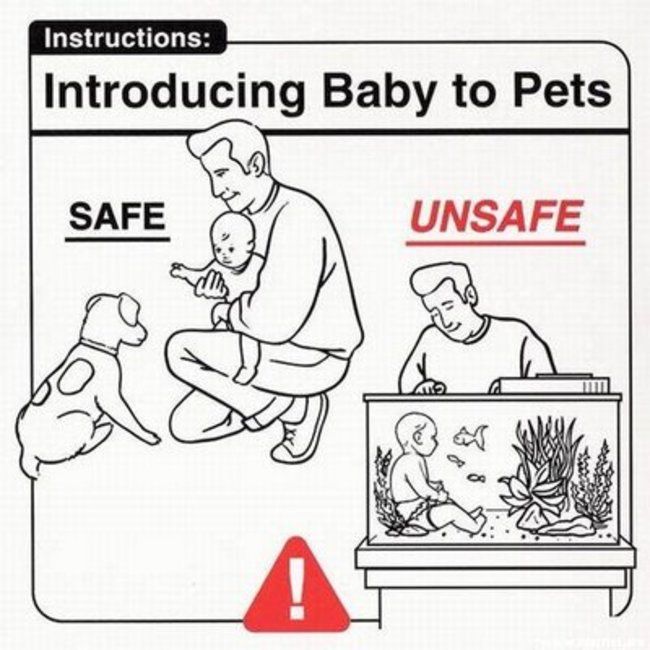
Later it turned out that the mother, under various pretexts, asked her daughter to lure money from her guardians and give it to her. If the amounts were small, then she insisted that the girl steal valuable things and equipment from the house and give it to her while the foster parents were not at home. All this under the pretext that she needs money to restore her parental rights.
As a result, the guardians refused custody - they referred to the complete lack of understanding between them and the child. The girl returned to the orphanage. Her own mother never took her away.
When adoptive parents have nothing to fear
If they have adopted a child. Only adoption allows you to protect the interests of both the child and the adoptive parents as effectively as possible. Adoptive parents completely replace the child's parents: their rights become identical to the rights of blood parents.
And if one day the natural mother or father goes to court to restore their rights and return the adopted child, they will be denied.
Section 4, Art. 72 SK RF
Adopted children are under serious protection: from the moment of a court decision, under the threat of criminal liability, no one has the right to say where and by whom the child was adopted. The secret of adoption was written in detail in another article in Tinkoff Magazine.
If a child older than ten says that he does not want to return to his family. In cases where the interests of a ten-year-old child are affected, the court or guardianship and guardianship authorities cannot make a decision that contradicts his opinion.
Art. 12 of the Convention on the Rights of the Child
So, without the consent of a child who has reached the age of ten, it is impossible:
- Restore the birth parents in parental rights.
- Adopt a child.
- Change his last name, first name and patronymic.
- Place a child under guardianship and guardianship.
Art. 57 SK RF
However, you need to understand: the child does not take the side of the adoptive parents just like that. The basis of this choice is warm, trusting, friendly relations between the minor and his new family.
The basis of this choice is warm, trusting, friendly relations between the minor and his new family.
I'll tell you right away about younger children. If the child is not yet ten years old, the court may take into account the opinion of the minor and, for example, refuse to restore parental rights to the mother if this is contrary to the interests of the child.
Section 4, Art. 72 SK RF
However, sometimes the court may ignore the opinion of a child under ten years of age. For example, he may love his own mother very much and wish to return to her. But if she does not work, drinks, begs and does not have a permanent home, then the court will leave the child in an orphanage or with guardians / trustees, because she believes that this will be better for the child.
In what cases are foster parents at risk of losing a child?
Usually, the child's relatives: grandparents, aunts, uncles, provide guardianship or guardianship. Therefore, as a rule, there are no problems with the return of the child to the family: he is already in the family.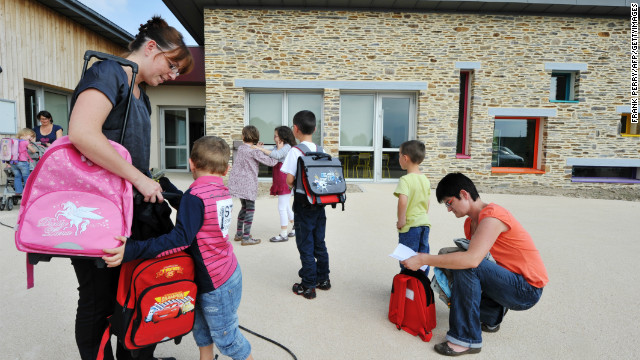
If strangers to the child become guardians and trustees, then they usually do this with the goal of adopting a minor in six months - then there will be nothing to be afraid of.
The fact is that the law allows the adoption of a child whose parents were deprived of parental rights, not immediately, but only six months after the court decision was made to deprive the natural parents of parental rights. Most likely, this is how legislators tried to give unlucky parents a chance to have time to fix everything.
para. 6 art. 71 SK RF
This is an exciting time for guardians or trustees: blood relatives can really show up and try to pick up the child. This risk will persist until the child is 18 years of age unless the guardians or trustees in principle plan to adopt the child.
In addition to such forms of arrangement as guardianship, guardianship and adoption, there is also a foster family. Usually this is a large family, which can have up to eight children. Parents receive remuneration for their work and allowance for children.
Parents receive remuneration for their work and allowance for children.
/guide/big-family-bonuses/
What state awards can a large family receive
There are also risks from blood relatives, but adoptive parents have their own motives. Often they believe that this form of placement is in the interests of children, since upon reaching the age of majority, each child will receive housing from the state.
If the adoptive parents do not perform their duties well. In the family of adoptive parents, as in any other, trouble can happen. And the mother or father, who initially performed their parental duties well, will stop caring for children. In such a case, the adoption may be cancelled.
This is possible if the child's blood relatives, guardianship and guardianship authorities or the prosecutor prove that the adoptive parents:
- Avoid their duties, for example, do not provide housing, food, do not create safe conditions for life.
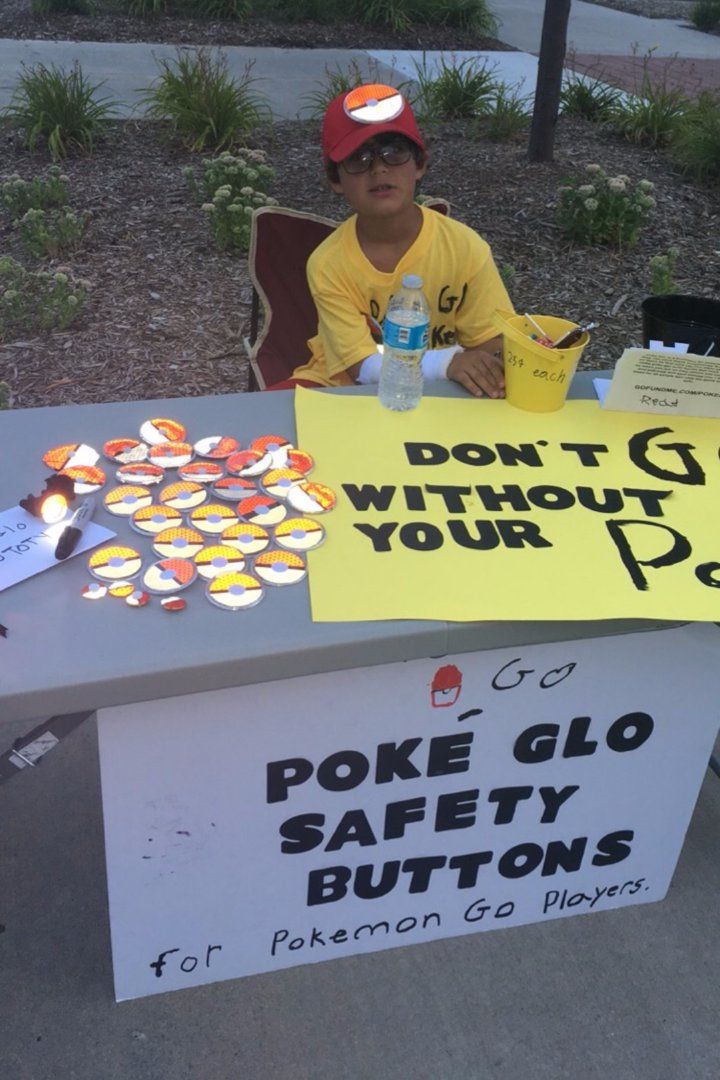
- Abuse parental rights, for example, induce children to beg, vagrancy, prostitution.
- A child is being abused.
- Abuse alcohol or take drugs.
What if the biological parents of a child are unknown
Sometimes the birth mother or father is not known. This happens, for example, when a screaming newborn is found in a box on the street. Or when a woman who has just given birth runs away from the hospital without leaving any information about herself.
In such cases, the birth of a child is registered by the health or guardianship authorities. On their instructions, information about the child's last name, first name and patronymic is entered in the birth certificate record - that is, doctors or guardianship employees decide what to name the baby. In the birth certificate in the column "Parents" there will be a dash.
Art. 19.1 of the Law "On acts of civil status"
As a rule, children with a dash in the certificate are adopted very quickly.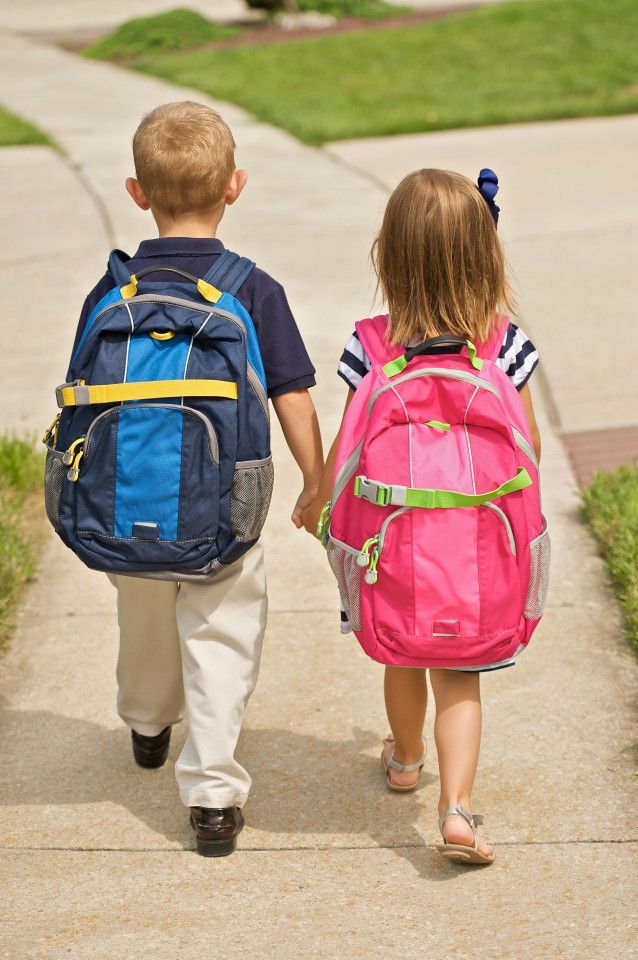 I came across candidates who flew over 5,000 kilometers in a matter of days, adopted a baby and immediately flew away with him. Even if the birth parents come to their senses and return after a short time, there will be no chance of returning the child: in such situations, adoptive parents often change the date and place of the child’s birth, so it will no longer be possible to find him.
I came across candidates who flew over 5,000 kilometers in a matter of days, adopted a baby and immediately flew away with him. Even if the birth parents come to their senses and return after a short time, there will be no chance of returning the child: in such situations, adoptive parents often change the date and place of the child’s birth, so it will no longer be possible to find him.
But if adoptive parents choose another form of arrangement - guardianship, guardianship or foster family, then the risks will still remain.
Doctors of maternity hospitals fill out such an act every time when unknown mothers run away and leave newborn babiesBiological parents take a child from a foster family: as it happens
The procedure for transferring a child from an orphanage to a foster family is clearly standardized: collecting documents, issuing an order, transferring a minor adoptive parents. But the reverse process - when a child is removed from a foster family and returned to his own - is not regulated by law. This makes it difficult for both parties.
This makes it difficult for both parties.
It is difficult for biological parents to prove to guardianship that they can raise a child. There are no clear requirements for what documents a mother or father must bring to the guardianship authorities, except for an application for the child to be returned to them. Usually, child care officers simply go to the place where the biological parent lives and assess whether the housing is suitable for the child. That's all.
For guardians, trustees and adoptive parents, this is also an incomprehensible situation. They are the official legal representatives of the child, responsible for him. And if the law is not on their side, then they want to at least understand:
- where they return a daughter or son they love;
- how safe will the child be there;
- will it not turn out that today the child returns to his relatives, and tomorrow they will again become unnecessary.
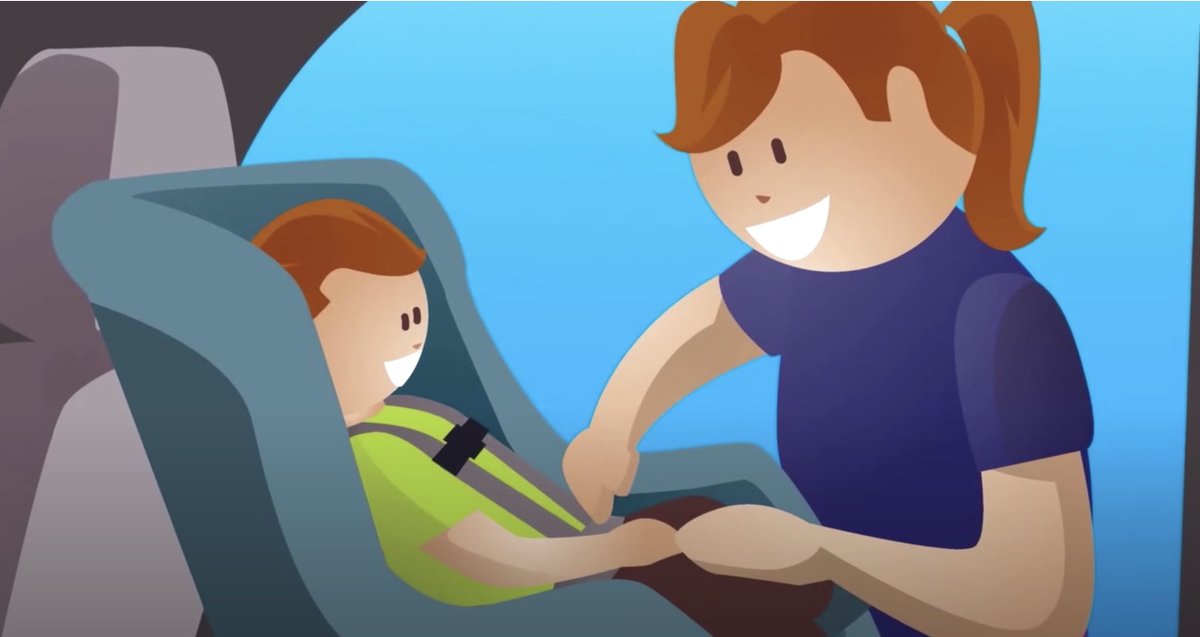
/prava/opecunam/
What rights do guardians have
Unfortunately, the procedure for transferring a child from one family to another is not regulated step by step in any document. The only clarification on this score is in the law on enforcement proceedings. It says that if bailiffs take a child from one family in order to transfer it to another, then a representative of the guardianship authority must be with them, and if necessary, a psychologist. But usually this does not play a special role, because the child has already become close to the adoptive parents and the separation will definitely be painful.
Foster families very rarely assist and help return the child to the birth parents. So, the case that happened in Samara five years ago, when foster parents helped a blood mother who returned from prison and took her daughter, is rather an exception to the rule.
Often this is a psychological trauma for foster parents and especially for children. In order to somehow level it, it is advisable to gradually prepare the child for the transition to the previous family. Perhaps, thanks to regular conversations and meetings with blood parents, he will endure these changes a little more calmly.
In order to somehow level it, it is advisable to gradually prepare the child for the transition to the previous family. Perhaps, thanks to regular conversations and meetings with blood parents, he will endure these changes a little more calmly.
/opeka/
How to take a child into custody
Tips for adoptive parents
If you want to protect yourself from any intersection with the child's blood relatives, then the only possible and safe option is to adopt him. If someday the biological parents try to return a child who has already been adopted, then they will not succeed.
Build a warm and trusting relationship with your adopted child. If someday blood relatives suddenly appear, and a child under ten years old is under guardianship, guardianship or in a foster family, then the court may take into account the opinion of the minor about who and why he wants to stay. And if the child is already ten, his opinion will be decisive.
/child-custody/
I took three children from the orphanage
Be good parents. If the adoptive mother and father do not provide the basic needs of the child for security, housing, nutrition, force him to beg, or abuse alcohol or take drugs themselves, then even the adoption is subject to cancellation.
What to do? Readers ask - experts answer
Ask your question
What to do if there is no one to pick up the child from the kindergarten
Parents often can not pick up the baby from kindergarten in a timely manner for objective reasons. There are several ways to solve the problem.
Agree with the employer to change the schedule
Not all business leaders are ready to change the working regime to please the staff, so this option is not suitable for everyone. If the employer agrees, parents will have time to get to the preschool before closing.
If the employer agrees, parents will have time to get to the preschool before closing.
Propose to the kindergarten administration to create an extended day group
In this case, you will have to pay extra to the educators "for the service of looking after the child."
- To open an on-duty aftercare group, it is necessary to recruit a sufficient number of parents who are ready to pay for a nurse. If everything works out, you will have to put up with the disadvantages of the solution: • Power problem. Children in duty groups are not fed. So that the baby does not remain hungry, you will have to agree on a second dinner or bring "rations" from home. • Fatigue. Kids often get tired of the team, and in duty groups the child does not have the opportunity to be alone. • Lack of attention. Children who are not picked up with everyone after kindergarten may become frustrated and feel abandoned.
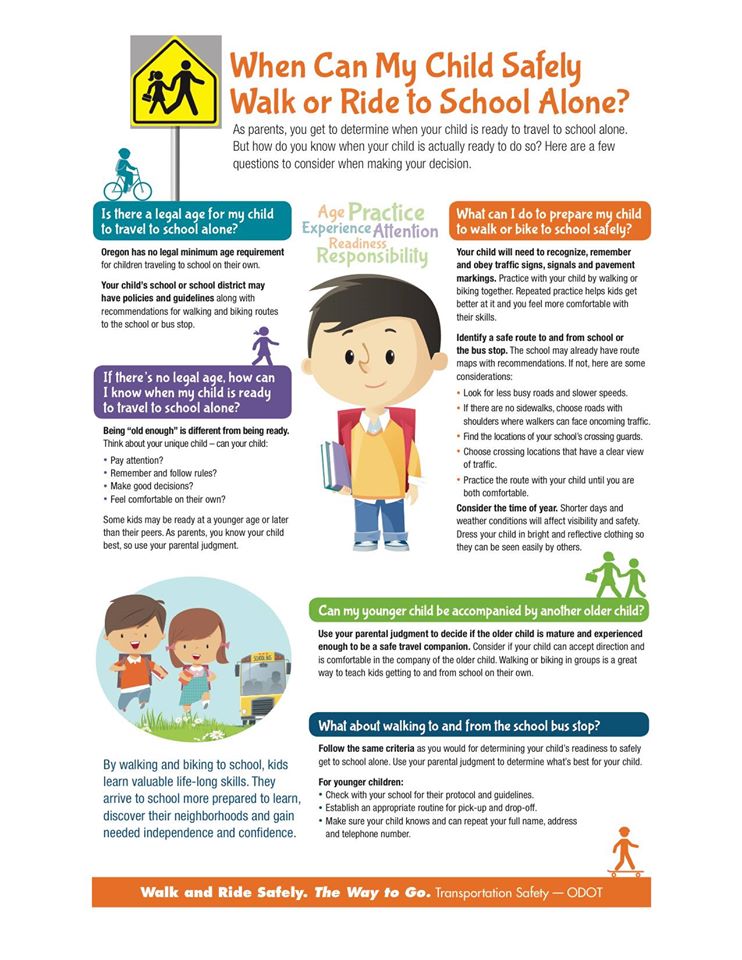
The extension has not only disadvantages, but also advantages: a safe environment, the supervision of qualified teachers, the opportunity to further develop communication skills in communicating with peers.
Send the child to a private kindergarten
It is not uncommon for commercial preschools to operate until 21:00 or around the clock. A private kindergarten allows parents to independently determine the mode of visiting an institution by a child.
- Advantages of the option: • Flexible schedule. • Expanded programs for the development of babies using innovative methods. • Small groups of up to 15 people, which means more attention to each child and less risk of infection from other children.
The disadvantages of the method of solving the problem include the high monthly cost of the services of private preschool institutions.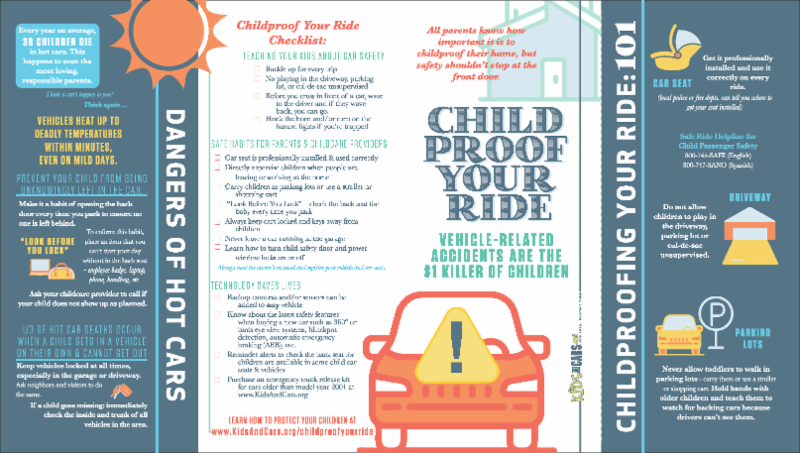
Ask for help from women who take children to the same kindergarten
Parents will take someone else's child along with their own. In this case, the baby will have to go into someone else's house.
Arrange with a relative, friend or neighbor
Strangers can accompany the child on the way from the kindergarten to the house. The solution has a big drawback - it is the risk of contacting an unscrupulous or inattentive person who is not able to look after the baby.
Strangers, relatives, neighbors and friends - do not have a pedagogical education and training. Therefore, there is a risk that they will not be able to cope with the child or will not have time to pick it up. In the latter case, the administration of the institution will be obliged to call the police and report that the minor was left unattended.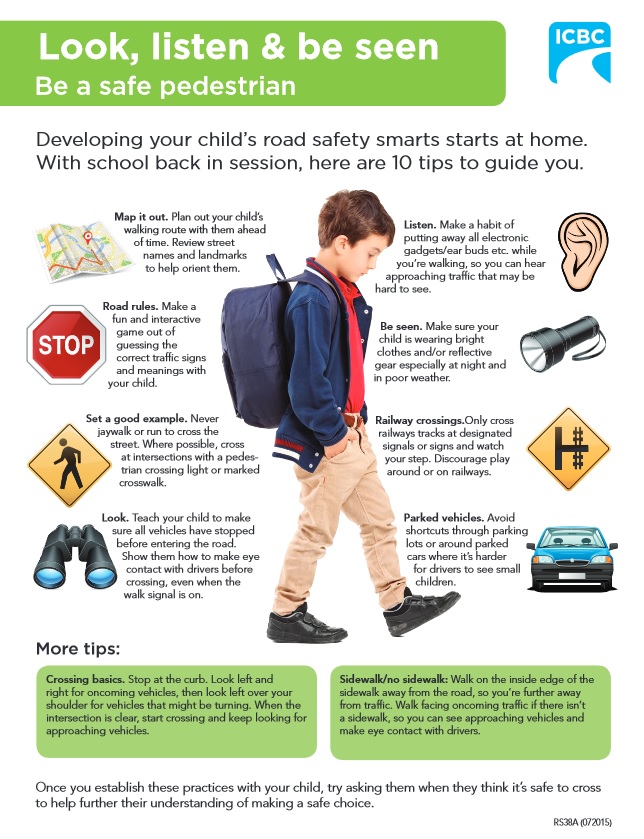
Note . For an outsider, you will have to draw up a power of attorney with a notary. If there is no document, the management of the preschool institution has the right not to give the child to the accompanying person without family ties.
Hire a professional nanny
A specialist who knows how to care for children often becomes a real salvation for parents. With the advent of a nanny, the problem with kindergarten disappears, there is time for work, hobbies, parties with friends.
Skilled childcare costs money. But there is an opportunity to save money by ordering a nanny with hourly pay.
Output
So that the child does not remain in kindergarten when the preschool is closed, it is necessary to change the work schedule or entrust the task of accompanying the child to a professional car nanny.
